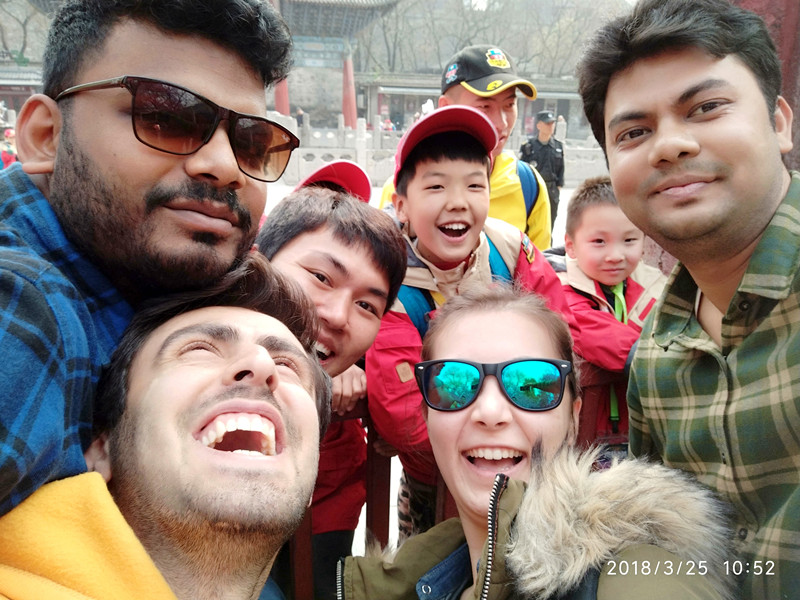During March. 22nd to March. 25th, the Centre organized a technical trip to Xi'an for 2017 MASTA and DOCSTA students, including a technical visit to National Time Service Center (NTSC), Chinese Academy of Science (CAS). All participants enjoyed this four-day trip, and expressed their excitement and thankfulness through articles. Here is one journal report from one Pakistan participant, MUHAMMAD ARSALAN.
Like every year,
this year, the Centre also arranged a four-day trip to Xi’an. Xi'an is a city often be called as the birthplace
of Chinese civilization.
It is a capital of Shaanxi Province, eastern end to the Silk Road and the home
to Terra-Cotta Warriors, one of the “Eight
Wonders” in the world.
Soon after we
arrived at Xi’an (Day 1), we went to see the Bell Tower
which is a symbol of the city and one of the grandest of its kind in China. We then visited
the Muslim Street where we enjoyed delicious Chinese cuisines and unique
souvenirs/local products. Perhaps, the most popular items to buy in Xi'an are
the reproductions of Terra-Cotta
Warriors Figurines.
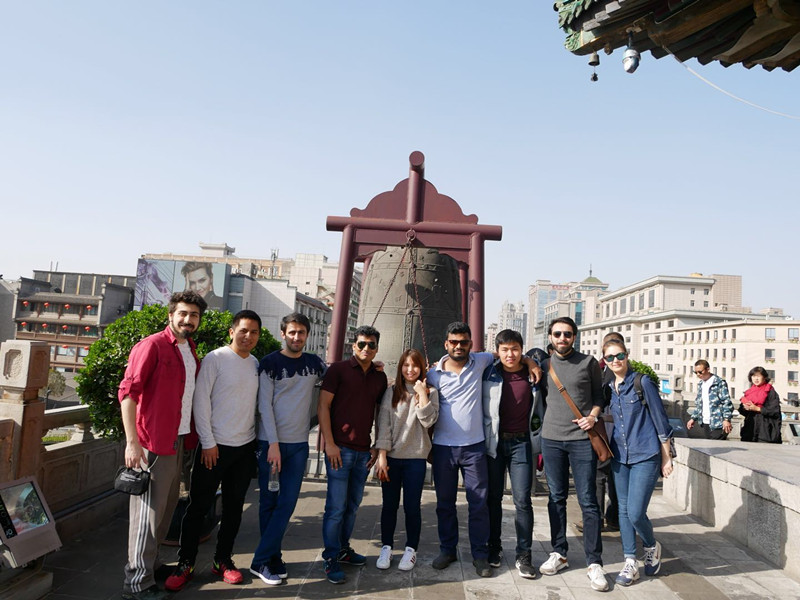
The next day (Day 2), we visited the
National Time Service Center (NTSC), Chinese Academy of Science (CAS), a
national-level base-type research institute doing the tasks of national
standard time generating, keeping and transmitting. NTSC, previously called
Shaanxi Astronomical Observatory, is a scientific research institution engaged
in the fundamental research and technology R & D in the fields of
time-frequency and satellite navigation. NTSC undertakes the task to generate,
maintain and transmit the national standard of time-frequency, and operates a
national major scientific infrastructure – the long and short wave time service
system.
During the visit
to NTSC, we learnt several important things and gained knowledge about how the National Standard
Time kept by NTSC, which had high stability and accuracy. It can test and
evaluate the atomic clock in different location through the technology of
remote time comparison. In the BPL system, time-frequency standard is generated
by the cesium atomic clock whose performance has a direct impact on the time
service precision. We also learnt how to generate and maintain Time and Frequency
standards, synchronization between Universal Coordinate Time (UTC) and BeiDou
Time (BDT). Later on, we went to see the Time
Science Museum which was unique of its kind. We witnessed many important
historical facts and achievements regarding Time in that museum.
Overall, the visit
to the National Time Service Center (NTSC), Chinese Academy of Science (CAS)
was very informative for us because most of the things we studied in the MASTA
Course “GNSS Reference System” were recalled and we were lucky enough to gain
practical knowledge through this visit.
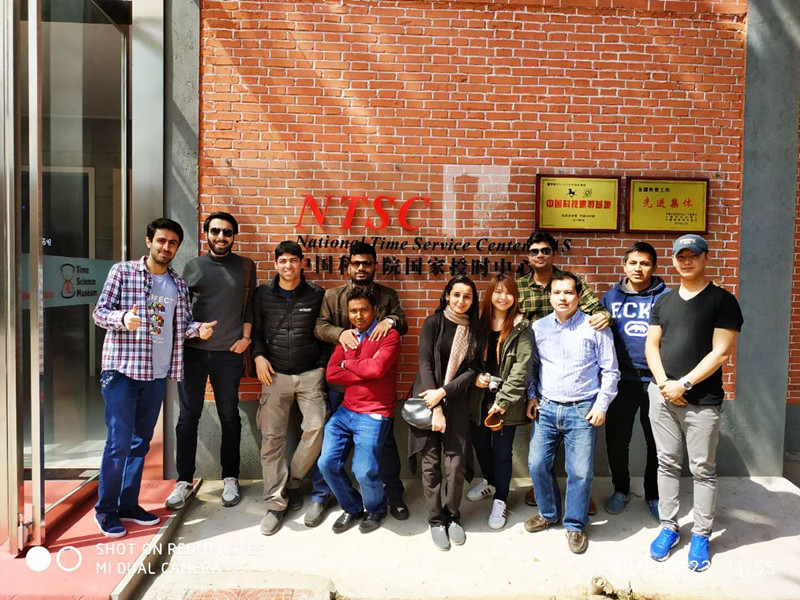
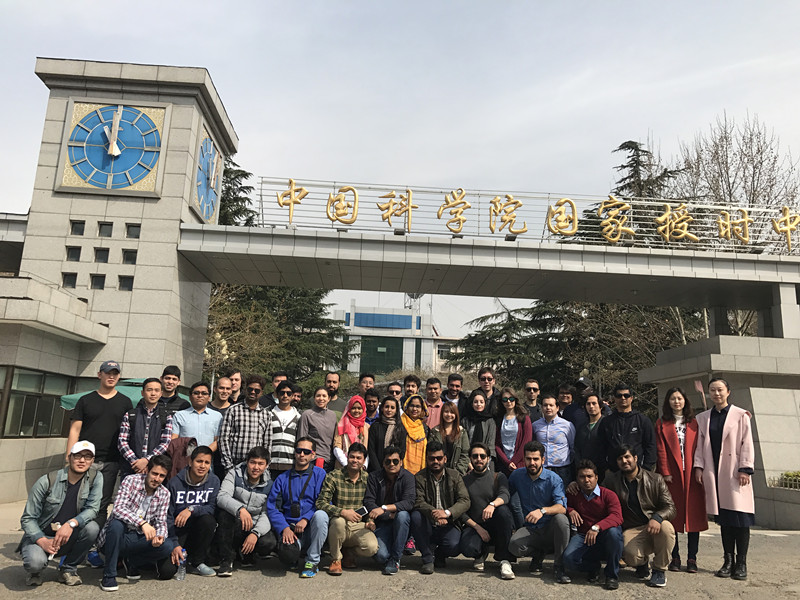
The following day (Day 3), we visited the famous Terra-Cotta
Warriors, an international
symbol of China’s history, and reproduces the mega imperial guard troops of Emperor
Qin Shi Huang. Being the most significant archeological excavations of the 20th
century and a UNESCO World Heritage Site, the Terra-Cotta
Warriors is no doubt a
must-see site for every visitor to Xian and so we did.
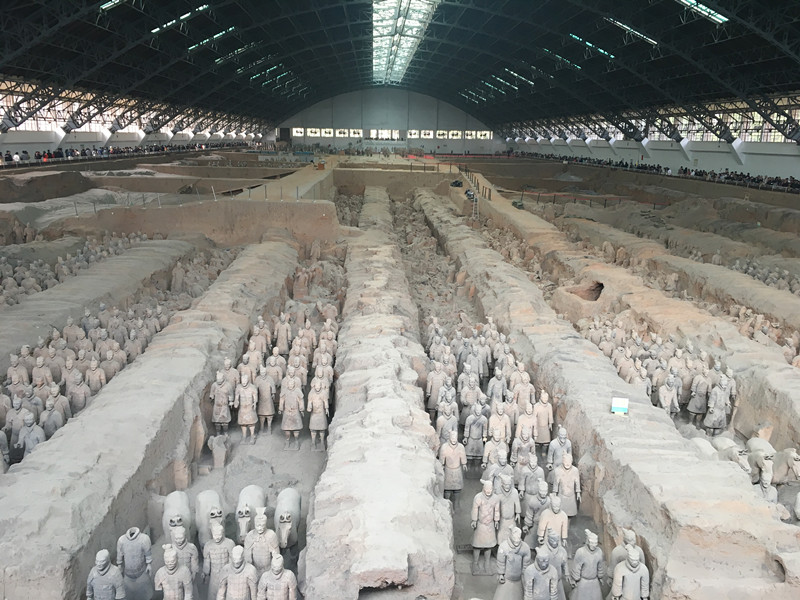
On the same day,
we also visited the Big Wild Goose
Pagoda and the Square, a Buddhist pagoda located in southern of Xi'an City. One of the pagoda's functions was to hold sutras and figurines of
the Buddha that
were brought to China from India by the Buddhist translator
and traveler Xuan Zang. The pagoda currently stands at a height of 64m
(210 ft) tall and from the top it offers views over the city of Xi'an.
In the night, we
went to the Xi’an City Wall which is
an impressive and well preserved construction. We discovered the history behind
the Ming Dynasty and Tang Dynasty while walking on the City Wall. The walls
once were built to protect the city. Now
it offers excellent
views of the whole city.
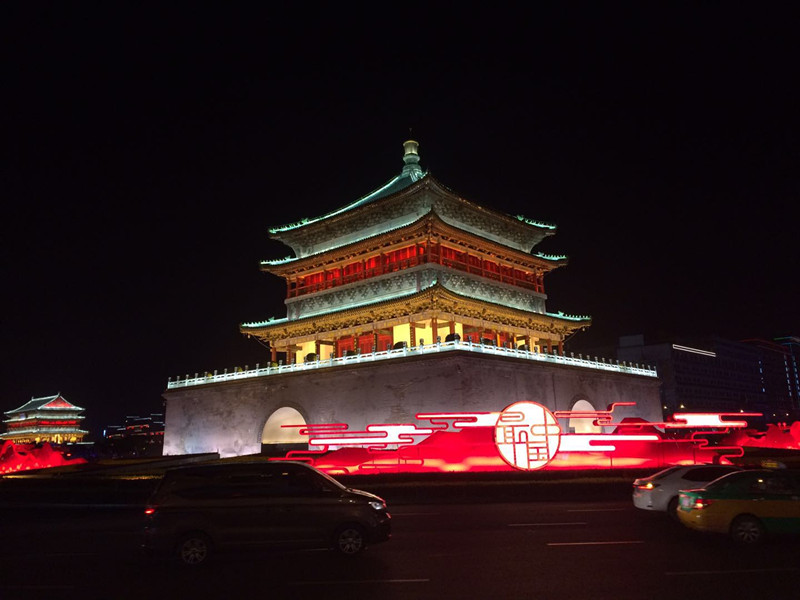
On the last day (Day 4), we visited the Small
Wild Goose Pagoda and the square, another significant pagoda in Xi’an. The
pagoda stood 45 m until the earthquake occurred in 1556. The
earthquake shook the pagoda and damaged it so that it now stands at a height of
43 m.
There by, we took
an interesting class of “Chinese
Calligraphy”, literally “Beautiful Writing”. Calligraphy has
been appreciated as an art form in many different cultures throughout the
world, but the stature of calligraphy in Chinese culture is unmatched. In
China, from a very early period, calligraphy was considered not just a form of
decorative art; rather, it was viewed as the supreme visual art form and a
leisure activity for upper class tier/families.
